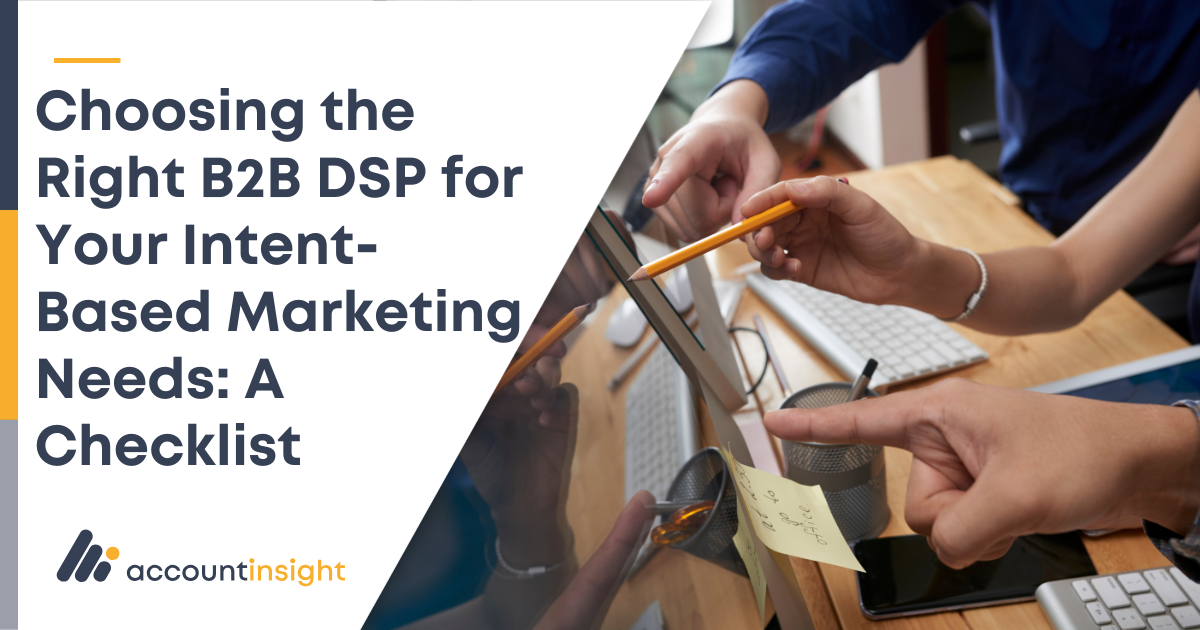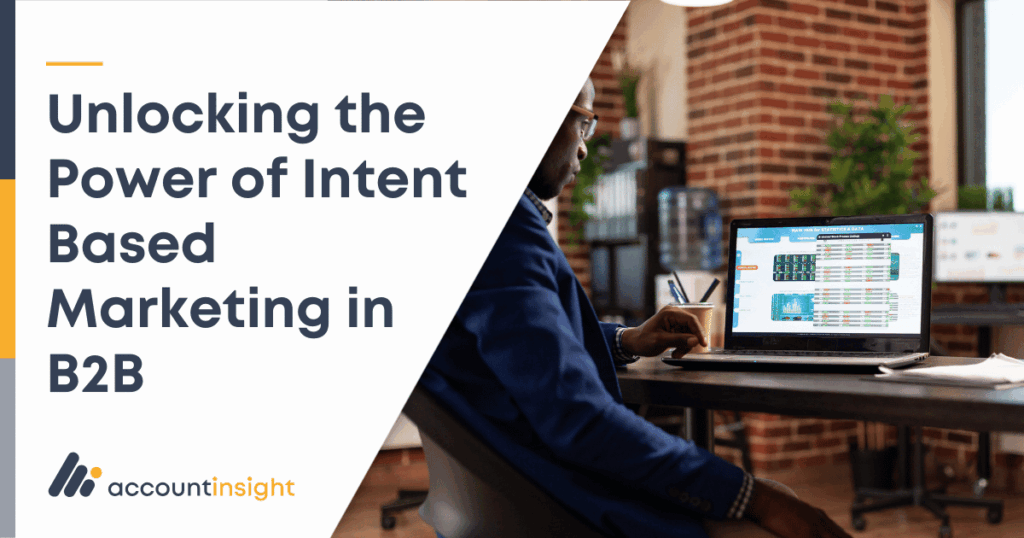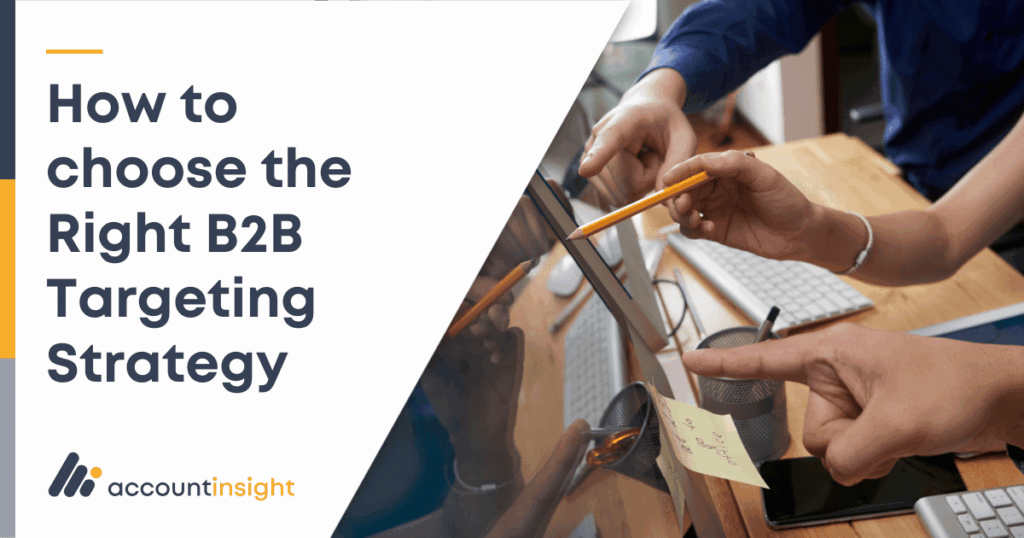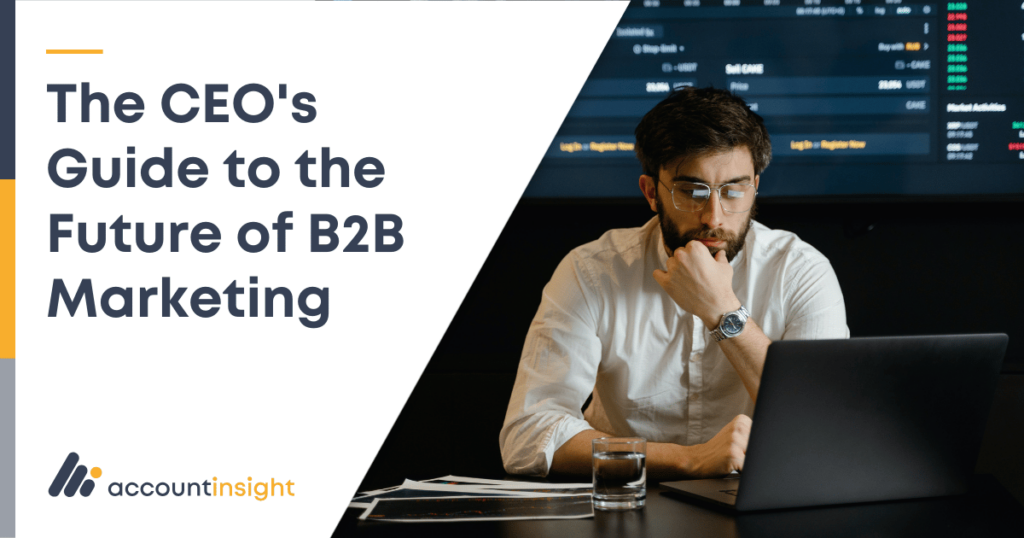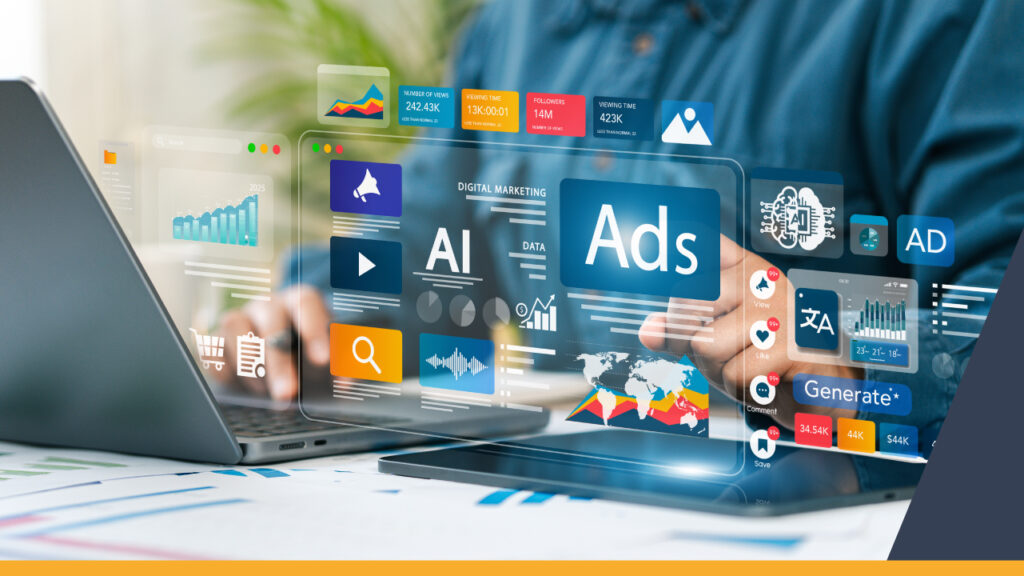Why Choosing the Right B2B DSP Matters
In today’s crowded advertising ecosystem, B2B marketers face a challenge: how to make their brand visible to the right companies at the right time. Traditional demand generation tools often cast the net too wide, wasting budget on irrelevant clicks or impressions.
That’s where a B2B Demand-Side Platform (DSP) powered by intent data comes in. Unlike generic DSPs built for consumer markets, a B2B DSP is designed to reach decision makers inside target accounts and influence the full buying committee.
But not all B2B DSPs are created equal. Here’s a practical checklist to help you evaluate the right platform for your intent-based marketing needs.
The B2B DSP Checklist
1. Account-First Targeting
- Does the DSP allow you to ring-fence target accounts before layering in intent signals?
- Can it align campaigns with your Ideal Customer Profile (ICP)?
- Does it differentiate between enterprise, mid-market, and SMB audiences?
Why it matters: In B2B, the company is the buyer — not just the individual.
2. Quality and Transparency of Intent Data
- Where does the intent data come from (publishers, research hubs, content engagement)?
- Is it company-level intent (not just user-level)?
- Does the DSP provide visibility into which topics are driving signals?
Why it matters: Not all intent data is equal. Reliable signals ensure you invest where genuine buyer interest exists.
3. Multi-Stakeholder Reach
- Can the DSP deliver ads across multiple roles and functions (IT, finance, procurement, marketing)?
- Does it enable cross-department visibility inside a single account?
Why it matters: B2B deals are won by influencing the full buying committee, not just one contact.
4. Integration With Your Marketing Ecosystem
- Does the DSP integrate with your CRM, marketing automation, or ABM tools?
- Can it feed insights back into sales and marketing workflows?
Why it matters: Intent data is most powerful when it’s actionable across your entire revenue engine.
5. Measurement and Transparency
- Does the platform measure account-level engagement (not just CTR)?
- Is reporting transparent and easy to share with stakeholders?
Why it matters: B2B campaigns are about more than clicks. You need visibility into how your brand is influencing account journeys.
6. Scalability and Global Reach
- Does the DSP cover the regions and markets where your buyers operate?
- Can it scale campaigns from single-country pilots to multi-region enterprise rollouts?
Why it matters: Growth-focused B2B marketers need both precision and scale.
7. Brand Safety and Compliance
- Does the platform ensure GDPR and CCPA compliance?
- Are ads placed in brand-safe environments aligned with your reputation goals?
Why it matters: Trust is critical in B2B. Brand safety protects both your image and compliance standing.
Putting It All Together
When evaluating a B2B DSP for intent-based marketing, don’t just ask: Can it run ads?
Ask: Can it reach the right companies, at the right time, across the right stakeholders — while giving me measurable insights?
The best B2B DSPs go beyond impressions and clicks. They build awareness, trust, and influence inside the accounts that matter most.👉 Learn more about how AccountInsight’s IntentInsight helps marketers combine account-first targeting with intent data to deliver hyper-targeted campaigns.

